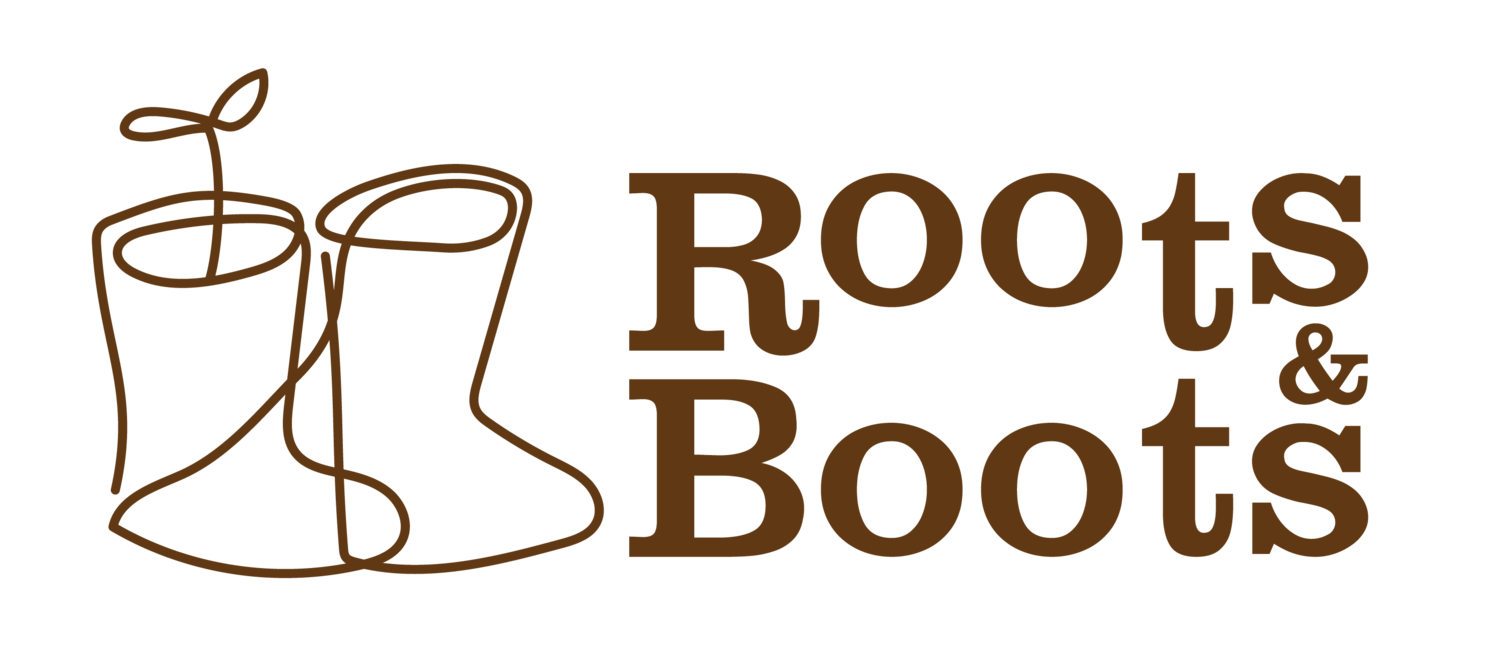An urban forest school nature walk! You don’t have to go to the forest to explore nature.
What does the frangipani flower smell like?
This is something that we believe in and was evident in our second holiday programme, CLAY-ful Expressions, a collaboration with 3Arts x Center Pottery. Our walk from the pottery studio to the nearby neighbourhood park provided us with opportunities to observe and highlight interesting plants and flowers along the way. We weren't in the sense of the phrase, going on a nature hike, but we were definitely on an urban forest school nature walk :)
Children were able to see flowering trees and shrubs along the roadside, residents tending to their thoughtfully curated gardens, wild flowers growing in the drains, single and double-storey houses, cars, people walking their dogs etc etc. All things neighbourhood! It was interesting as children were overheard saying things like, “My house doesn’t look like that. It’s in a tall building”, “My grandpa’s house is like that”, “That looks like my car! Same colour and model.” Children were observing, making comparisons, reflecting, and making connections to what they already know! They were expanding their knowledge of the world and how it works.
Look! A noni fruit. “This fruit has so many eyes. What could they be for?”
Our urban forest school nature walk broadened our knowledge base of different plants in Singapore - we learned the names and facts of different flowers eg. Hibiscus as the national flower of Malaysia (Overheard “I’ve been to Malaysia before for a holiday!”), Ixora (Overheard “I’ve tried the nectar of the red one. Would the orange one taste the same?”), Blue Pea or Butterfly Pea flower can be used to make tea (Overheard “My mummy makes tea with this!”), Frangipani (Overheard “I know how to spell frangipani.” “It smells like my soap at home.”), observed the special features and adaptations of plants like the cactus’ needles, and the life cycle of plants through examining the flower buds, stems, roots, and blooming flowers. We asked questions, came up with hypotheses, and shared our thoughts and ideas.
So many connections being made, so much learning involved through simple, authentic outdoor experiences. Just go take a walk outside!


